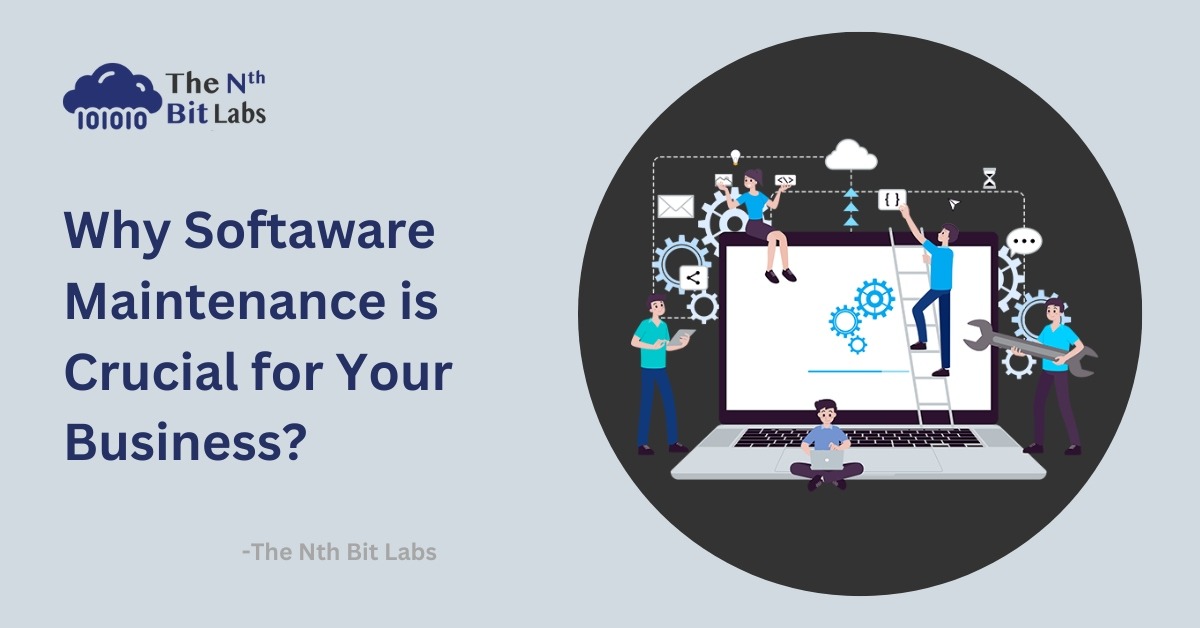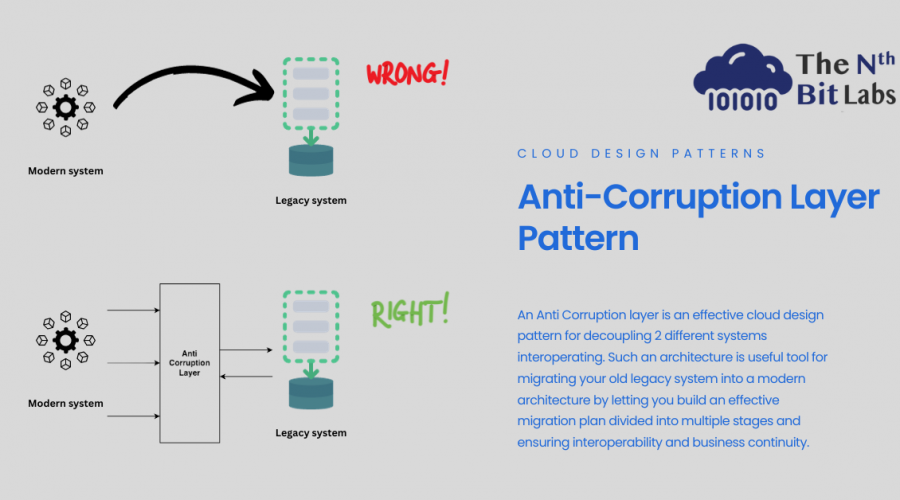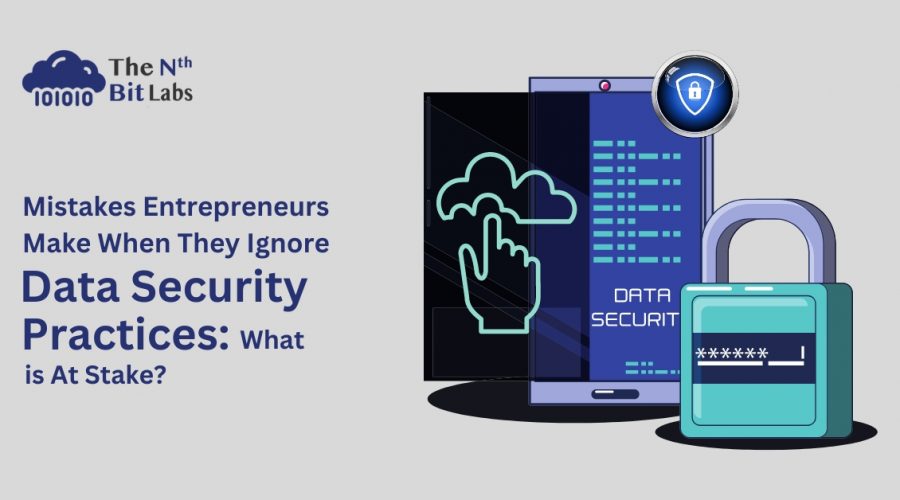In the vast realm of technological advancements, where innovation reigns supreme and captures our imagination, there exists an unsung hero, quietly supporting the foundations of our digital existence. It is the often-overlooked practice of software maintenance that deserves our unwavering attention and contemplation. In this article, we will talk about why software maintenance is important for your business.
Software maintenance system refers to the ongoing care and support provided to computer programs or applications after they have been developed and deployed. It is similar to the way we maintain our cars or houses to keep them functioning smoothly.
Think of software maintenance as a process of fixing issues, improving performance, and adding new features to the software to ensure it continues to work effectively and meet users’ needs. Just like a mechanic who regularly checks and repairs a car, software maintenance professionals identify and resolve bugs, update the software to adapt to changes in technology, and enhance its functionality.
Software maintenance is important because it helps programs to run smoothly, prevents unexpected failures, and ensures they remain compatible with other software and operating systems. It can involve activities like troubleshooting problems, installing updates, providing technical support, and making modifications based on user feedback.
In simple terms, software maintenance is like taking care of your computer programs to keep them running well and up-to-date.
Types of Software Maintenance
There are several types of software maintenance, each serving a specific purpose in keeping software systems functional and up-to-date. Here are the main types:
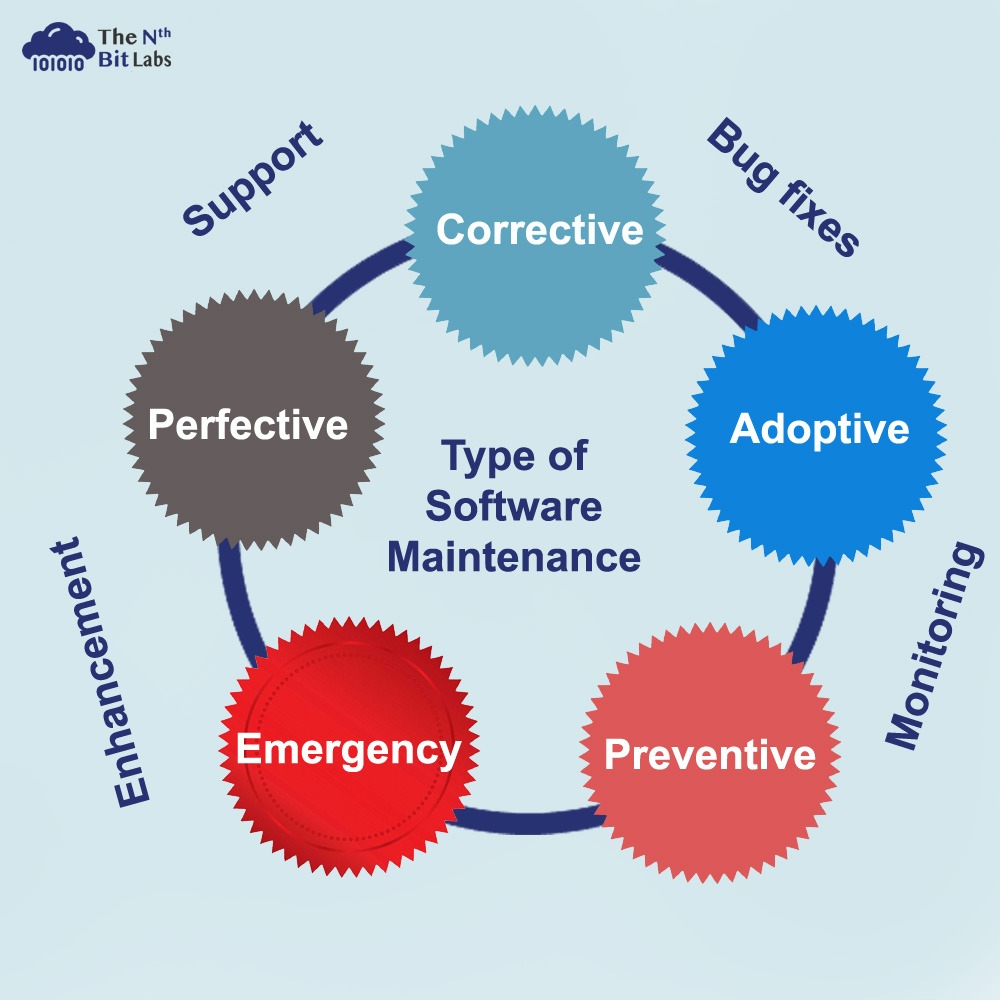
Corrective Maintenance
This type of maintenance involves fixing defects or bugs that are discovered after the software has been deployed. It aims to resolve issues that affect the software’s functionality, stability, or security. Corrective maintenance typically includes identifying the problem, analysing its root cause, and implementing a solution to eliminate the issue.
Adaptive Maintenance
Adaptive maintenance involves modifying the software to accommodate changes in its environment, such as hardware upgrades, operating system updates, or changes in legal or regulatory requirements. It ensures that the software remains compatible and operational within the evolving technological landscape.
Perfective Maintenance
Perfective maintenance focuses on enhancing the software’s performance, reliability, or maintainability. It involves making improvements to the software’s functionality or user experience, often based on user feedback or emerging needs. Perfective maintenance aims to optimise the software without changing its core functionality.
Preventive Maintenance
Preventive maintenance aims to identify and fix potential issues or risks before they cause problems. It involves activities such as code refactoring, performance optimization, and security audits. The goal is to proactively enhance the software’s quality, stability, and longevity, reducing the likelihood of future problems.
Emergency Maintenance
Emergency maintenance is performed when critical failures or security breaches occur that require immediate attention. It involves responding promptly to resolve the issue and restoring the software’s functionality. Emergency maintenance often requires a rapid and focused response to minimise the impact of the problem.
It’s important to note that these types of maintenance are not mutually exclusive, and software maintenance activities often encompass a combination of these types. Additionally, the emphasis on each type may vary depending on the software’s specific requirements and the organisation’s priorities.
Effective software maintenance is crucial for ensuring the longevity and usability of software systems. By employing these different types of maintenance, organisations can keep their software up-to-date, secure, and capable of meeting evolving user needs.
Software Maintenance Process
As an expert, we can provide a comprehensive view of the software maintenance process. Software maintenance is a continuous activity that involves a series of steps to ensure the effective management, enhancement, and support of software systems. Here is an overview of the software maintenance process:
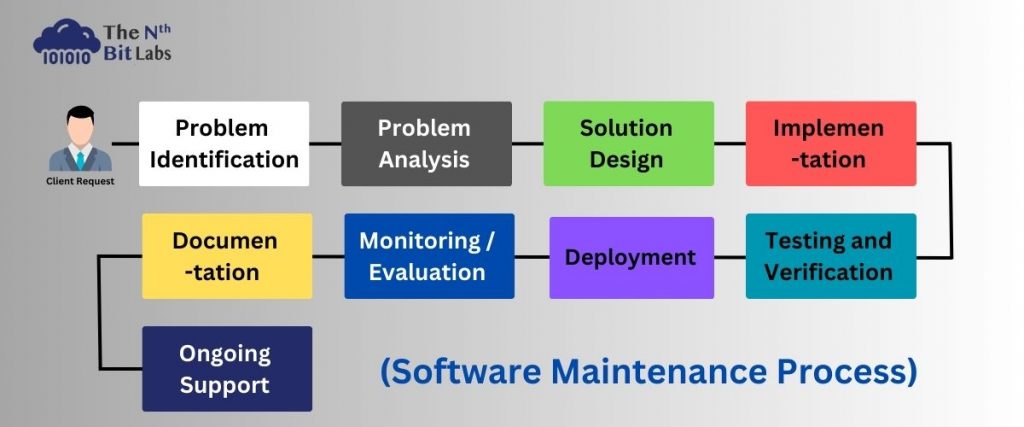
1. Problem Identification:
The process begins with identifying issues, which can be reported by users, detected through monitoring tools, or identified during system analysis. Problems can range from bugs and errors to performance issues or user requests for new features.
2. Problem Analysis:
Once a problem is identified, it is thoroughly analysed to understand its root cause and potential impact on the system. This involves examining the software’s code, architecture, and related components to determine the best approach for resolution.
3. Solution Design:
Based on the analysis, a solution is designed. This includes planning the necessary changes or modifications to the software. The design phase considers factors such as system requirements, compatibility, maintainability, and scalability.
4. Implementation:
The solution is implemented by making the necessary changes to the software code. This can involve fixing bugs, adding new features, or modifying existing functionality. Careful software testing is conducted to ensure the changes are error-free and do not introduce new issues.
5. Testing and Verification:
After implementation, the modified software is thoroughly tested to verify its functionality, performance, and reliability. Various software testing techniques such as unit testing, integration testing, and system testing are employed to validate the changes and ensure they meet the desired objectives.
6. Deployment:
Once the changes are tested and verified, they are deployed to the production environment. This may involve updating the software on end-user systems or deploying it on servers or cloud platforms. Proper documentation and version control are maintained to track the changes and ensure a smooth deployment process.
7. Monitoring and Evaluation:
The maintenance team monitors the software’s performance and user feedback to identify any issues that may arise after deployment. Monitoring tools and user reports help in detecting anomalies and promptly addressing them.
8. Documentation and Knowledge Management:
Throughout the maintenance process, documentation is updated to reflect the changes made and provide guidance for future maintenance activities. This includes updating user manuals, technical specifications, and system documentation. Knowledge management practices ensure that valuable insights and lessons learned during the maintenance process are captured and shared within the development team.
9. Ongoing Support:
The software maintenance team provides ongoing support to users, addressing their queries, troubleshooting issues, and providing necessary updates or patches. This includes maintaining a help desk or support system and ensuring timely communication and resolution of user concerns.
Final Words
The software maintenance process is iterative and cyclical, as new issues arise, and new enhancements or updates are required. It requires a dedicated team with expertise in software development, software testing, and support to ensure the software remains functional, reliable, and aligned with evolving user needs and technological advancements.
Don’t neglect your digital assets. Ensure their longevity, security, and optimal performance. Embrace the power of software maintenance to safeguard your technology investments. Contact The Nth Bit Labs now to unlock the hidden potential of your software and pave the way for sustained success in the digital landscape.

